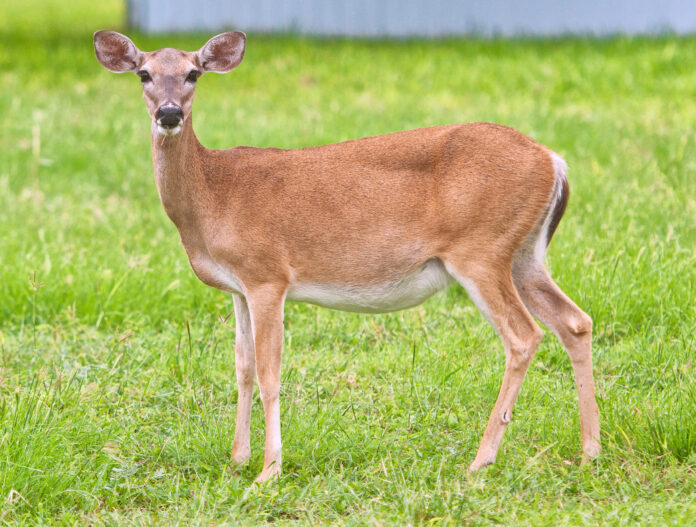
HARLINGEN — Researchers have confirmed COVID antibodies have been found in white-tailed deer in the state, evidence the deer were exposed to the coronavirus and recovered.
The study by scientists from the University of Texas at El Paso looked at white-tailed deer in Travis County. Their conclusions matched research confirming COVID in deer populations in Illinois, Michigan, New York and Pennsylvania.
“The one thing we know best about SARS-CoV-2 is its unpredictability,” said study author Douglas Watts, professor of biological sciences at UTEP. “Therefore, the transmission of the virus from infected deer back to humans, while not likely, may be possible.”
The transmission of disease from animal to human is called zoonosis, and while COVID transmission from animals to humans is regarded as low-risk, the Centers for Disease Control and Prevention has documented COVID in pet cats, dogs and ferrets, zoo animals like tigers and lions, and mink being raised on farms.
Watts and fellow researchers studied blood samples from 54 hunter-harvested deer in Travis County during the first two months of 2021. They found the antibodies in 37 percent of deer tested, with particularly high numbers among deer about 1.5 years old.
The COVID risk to hunters who harvest deer in Texas is regarded as low. And even though the state does have protocols in place in many counties to check for chronic wasting disease in deer, TPWD is not alerting hunters of any increased risk of catching COVID from deer.
“The Texas Parks and Wildlife Department is aware of these studies, including one done by the U.S. Department of Agriculture regarding the testing of wild white-tailed deer for COVID-19 antibodies,” said TPWD spokesperson Megan Radke via email. “The USDA study was not done in Texas and at this time, TPWD is not testing deer for COVID-19.”
It is believed the deer in Travis County contracted COVID from a human source, the researchers said, although how that happened is unknown.
Although the mechanism of transmission is not known, or addressed by the researchers, it seems possible deer in a breeding facility, which would have contact with humans, were exposed to the virus and transmitted it to wild deer by touching noses through fences.
It’s an avenue for infection that has been linked to transmission of chronic wasting disease from breeding farm deer to wild deer.
“Therefore, as one of the most abundant wildlife species, and the rapidly growing population and invasion of rural and urban communities, deer are not to be neglected as a possible source of SARS-CoV-2 infection of human and domestic and wildlife animals,” the study concluded.
The research paper on the Travis County deer herd was published in the journal “Vector-Borne and Zoonotic Diseases.”




